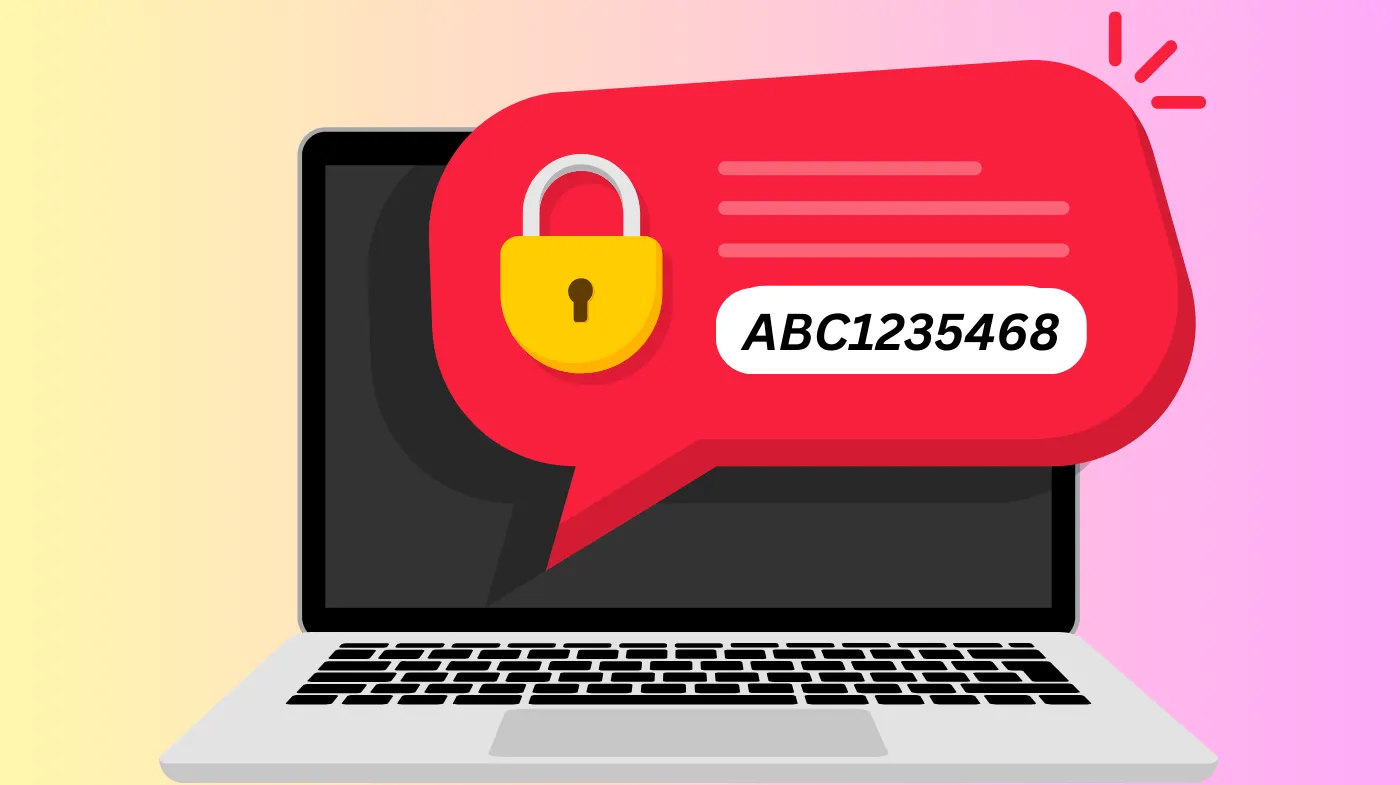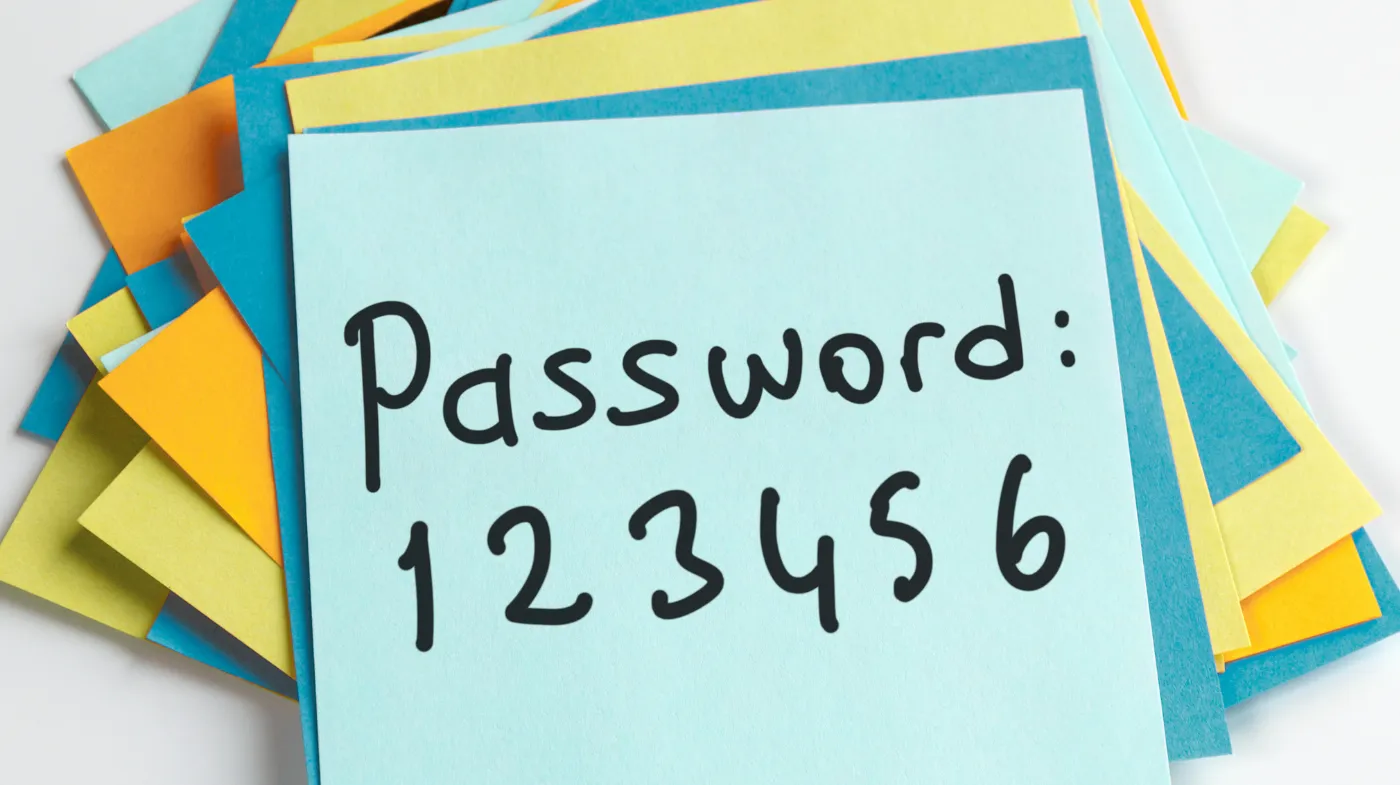
Creating secure passwords remains one of the most critical yet overlooked aspects of digital safety in today’s cyber-threat landscape. Millions of users continue to fall victim to devastating security breaches due to easily preventable password mistakes.
This comprehensive guide reveals the most dangerous weak password examples that hackers exploit daily, from predictable patterns to seemingly clever substitutions that fool no one. You’ll discover why 80% of cyberattacks begin with compromised passwords and learn the shocking financial impact on victims.
Most importantly, you’ll master proven strategies for creating unbreakable passwords and understand when to use advanced tools. Your digital identity deserves better protection than this guide shows you exactly how to achieve it.
What Makes a Password Weak and Vulnerable?
Understanding password vulnerabilities is the first step toward better security practices for protecting your personal and professional accounts effectively.
Common Characteristics of Weak Passwords
Weak passwords typically share several dangerous characteristics that make them easy targets for cybercriminals. Short length is one of the most critical vulnerabilities, as passwords under eight characters can be cracked within minutes using modern computing power.
Dictionary words represent another major weakness since hackers use automated tools loaded with common terms. Simple sequential patterns like “123456” or keyboard sequences such as “qwerty” are among the first combinations attackers try.
Personal information creates significant vulnerabilities when incorporated into passwords. Names, birthdays, addresses, and pet names can be easily discovered through social media profiles or public records.
Why Predictability Leads to Security Breaches?
Predictable passwords follow common human patterns that cybercriminals exploit systematically. Many users choose passwords based on familiar concepts, making them vulnerable to dictionary attacks and social engineering.
Pattern recognition allows hackers to guess passwords by understanding human psychology. People often use meaningful dates, favorite sports teams, or simple substitutions like replacing “a” with ”@“.
Contextual clues from social media profiles, work information, or public records help attackers narrow down password possibilities. This information makes supposedly “personal” passwords surprisingly easy to crack.
Role of Password Length in Security
Password length directly correlates with security strength, as each additional character exponentially increases cracking difficulty. While eight characters were once considered adequate, security experts now recommend a minimum 12-character password.
Computational complexity grows dramatically with length, making longer passwords resistant to brute-force attacks. A 12-character password with mixed characters could take centuries to crack using current technology.
Time investment required for password cracking increases significantly with length, making hackers more likely to move on to easier targets with shorter, more vulnerable passwords.
Character Complexity and Password Strength
Character diversity strengthens passwords by expanding the possible combinations attackers must consider. Mixing uppercase letters, lowercase letters, numbers, and special characters creates robust security barriers.
Symbol substitution alone doesn’t guarantee security if the underlying word remains recognizable. “P@ssw0rd” is still weak despite character substitution because the base word “password” is common.
Random character combinations provide the strongest protection against automated cracking attempts. However, truly random passwords require password managers for practical use.
Most Dangerous Weak Password Examples

Learning from real-world examples helps identify vulnerabilities in your current password practices and avoid common security mistakes.
Sequential Number and Letter Combinations
Sequential passwords like “123456” or “abcdef” are among the most dangerous choices because they’re predictable and commonly used. These passwords can be cracked within seconds using basic automated tools.
Keyboard patterns such as “qwerty123” or “asdfgh” appear clever but are actually well-known to hackers. These combinations are included in standard password dictionaries used by cybercriminals.
Incremental passwords like “password1”, “password2” create false security while remaining vulnerable. Even adding numbers to common words doesn’t significantly improve password strength.
Personal Information-Based Passwords
Name combinations represent a significant security risk when used in passwords. Examples like “JohnSmith1985” or “MaryJones123” can be easily guessed using publicly available information.
Date-based passwords using birthdays, anniversaries, or graduation years are particularly vulnerable. “Sarah05151990” combines a common name with a birth date that’s likely discoverable.
Location references in passwords create predictable patterns. “NYC2023” or “California!” might seem unique, but they are actually common choices that hackers anticipate.
Common Word and Phrase Passwords
Dictionary attacks specifically target passwords based on common words and phrases. “Password123” remains one of the most frequently used and easily cracked passwords globally.
Sports references like “Football2023” or “Lakers!” are popular choices that appear in hacker databases. Team names and sports terms are among the first combinations attackers attempt.
Pop culture references, including movie titles, song lyrics, or celebrity names, create weak passwords. “StarWars1977” or “Beatles!” might seem creative, but they are actually predictable choices.
Substitution-Based Weak Passwords
Character substitution creates a false sense of security when applied to common words. “P@ssw0rd” or “H0m3t0wn” remain weak because the underlying words are recognizable.
Leetspeak patterns like “3l1t3h4x0r” follow predictable substitution rules that hackers understand. These patterns don’t significantly increase security compared to truly random passwords.
Symbol additions to existing weak passwords don’t solve fundamental vulnerabilities. Adding ”!” to “password” creates “password!”, which remains easily crackable.
Real-World Impact of Weak Password Security
Understanding the consequences of weak passwords demonstrates why investing time in better security practices is essential for personal and professional protection.
Data Breach Statistics and Trends
Password-related breaches account for over 80% of all cyberattacks, making weak passwords the primary entry point for cybercriminals. These statistics highlight the critical importance of strong password practices.
Financial losses from password-related breaches exceed billions of dollars annually. Individual victims face average costs of $4,000 for identity theft recovery, while businesses experience much higher impacts.
Recovery timeframes for password-related security incidents often extend months or years. Victims spend considerable time restoring accounts, monitoring credit, and rebuilding digital security.
Identity Theft and Account Takeover
Account takeover attacks begin with compromised passwords and escalate to complete identity theft. Criminals use accessed accounts to gather additional personal information for further exploitation.
Credential stuffing attacks use stolen passwords across multiple platforms, as many users reuse the same credentials. This practice amplifies the damage from a single password compromise.
Social engineering becomes easier when attackers gain access to personal accounts containing relationship information, communication patterns, and behavioral data.
Business and Professional Consequences
Corporate security breaches often begin with individual employee password compromises. Weak passwords create entry points that allow hackers to access broader business networks and sensitive data.
Compliance violations result from inadequate password policies, leading to regulatory fines and legal consequences. Industries like healthcare and finance face particularly severe penalties.
Reputation damage from security breaches affects both individuals and organizations long-term. Professional credibility and business relationships suffer when security incidents occur.
Financial and Legal Ramifications
Direct financial theft occurs when criminals access banking and financial accounts through compromised passwords. Online banking and investment accounts become immediate targets.
Legal liability emerges when weak passwords contribute to data breaches affecting customers or clients. Professional responsibilities include maintaining adequate security measures.
Insurance complications may arise when security incidents result from negligent password practices. Some policies exclude coverage for preventable security failures.
Frequently Asked Questions
What are the most common weak password examples?
Common weak passwords include “123456”, “password”, “qwerty123”, and personal information like “John1985”. These passwords are easily cracked because they follow predictable patterns that hackers specifically target.
Sequential numbers, keyboard patterns, and dictionary words represent the most dangerous password choices. Adding simple numbers or symbols to common words doesn’t significantly improve security.
How do hackers exploit weak passwords?
Hackers use automated tools for brute-force attacks, dictionary attacks, and credential stuffing. These methods systematically try millions of password combinations until they find matches.
Social engineering helps attackers guess passwords by gathering personal information from social media and public records. This information makes supposedly “personal” passwords predictable.
Can using a random password generator improve security?
Random password generators create truly unpredictable combinations that resist all common attack methods. These tools eliminate human bias toward recognizable patterns and ensure maximum security strength.
Generated passwords should be at least 12 characters long and include mixed character types. A quality random password generator creates passwords that would take centuries to crack.
How often should I check if my email has been compromised?
Monthly security checks using breach monitoring services help detect compromised credentials early. Regular monitoring provides opportunities for immediate password changes before attackers exploit stolen information.
Using an E-Mail hack checker to check your credentials quarterly ensures ongoing security awareness. These services scan constantly updated databases of compromised credentials from recent breaches.
Securing Your Digital Future
Strong password practices form the foundation of comprehensive cybersecurity, protecting personal and professional digital assets from increasingly sophisticated threats. By understanding weak password vulnerabilities and implementing robust alternatives, you can significantly reduce your risk of becoming a cybercrime victim.
The examples and strategies outlined in this guide provide practical steps for immediate security improvements. Regular monitoring, proper tools, and ongoing education ensure your password security evolves with changing threat landscapes.
Remember that password security is an ongoing responsibility, not a one-time task. Investing time in proper password management today prevents costly security incidents tomorrow, protecting your digital identity and valuable information for years to come.
